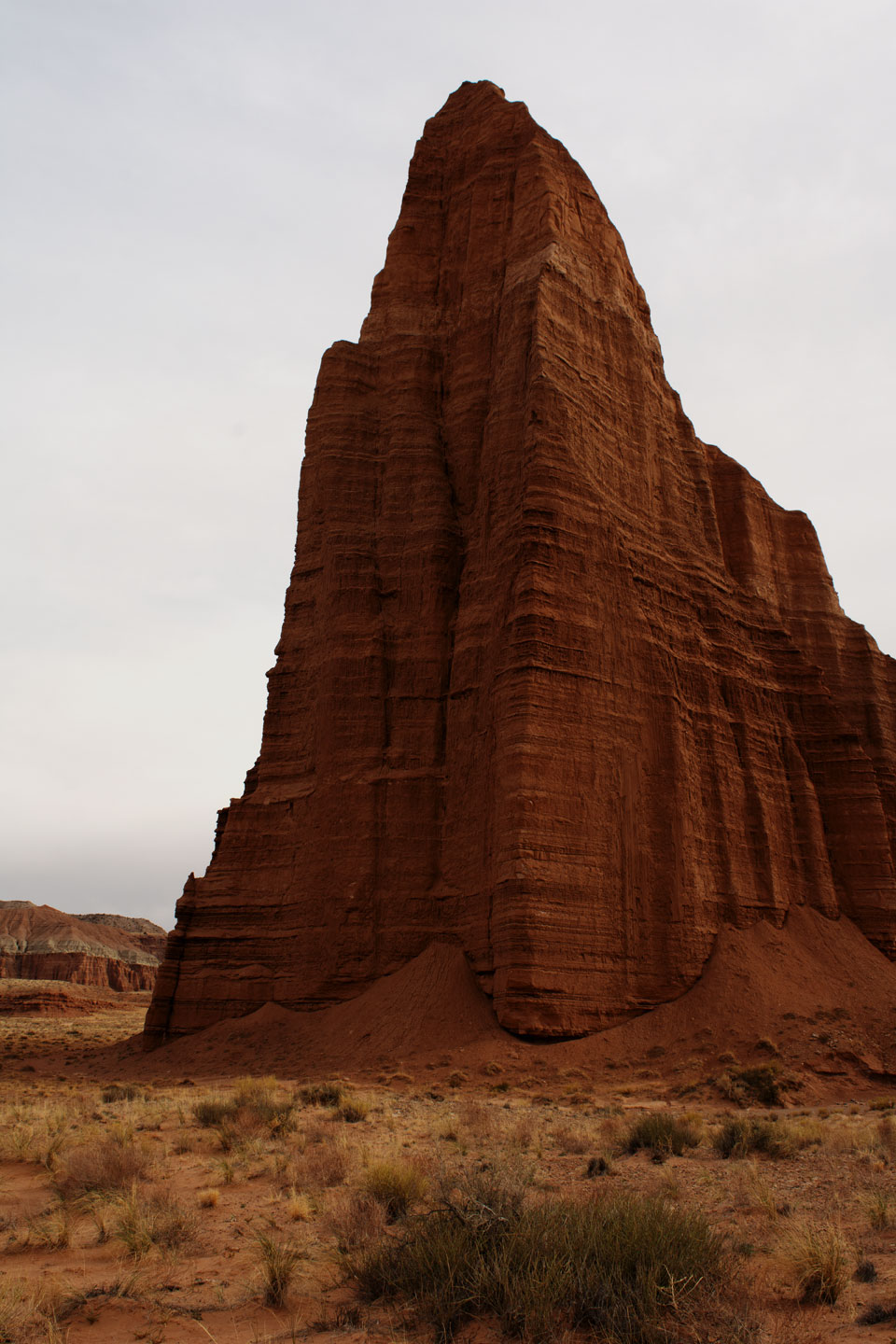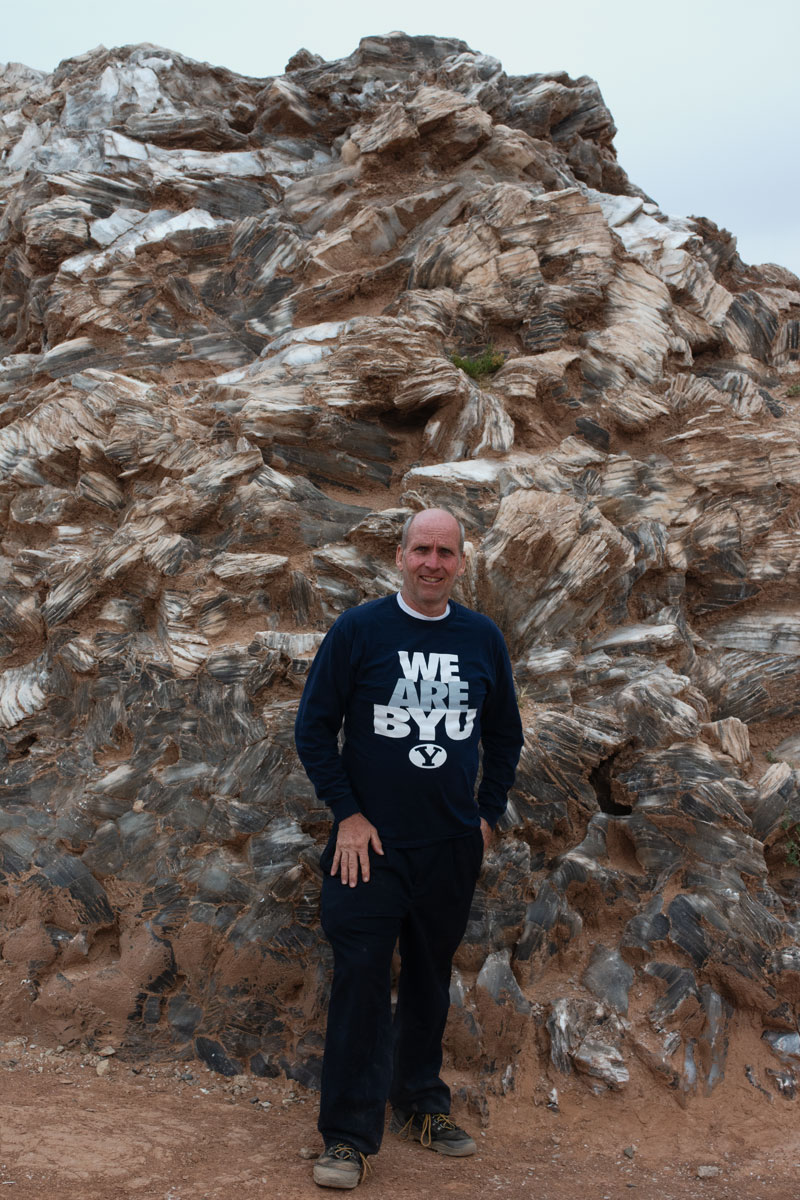 Cathedral Valley is a remote district in the northern portion of Capitol Reef National Park. It is famous for the stark beauty of its rock formations, which include Temple of the Sun, Temple of the Moon, and Glass Mountain.
Cathedral Valley is a remote district in the northern portion of Capitol Reef National Park. It is famous for the stark beauty of its rock formations, which include Temple of the Sun, Temple of the Moon, and Glass Mountain.
Access is via dirt roads. The roads can normally be driven without four-wheel drive but can become impassable after rain or snow. High clearance is recommended but people occasionally drive regular passenger cars into the area.
We visited on April 10, 2022. Roads were dry and easy to navigate.
The popular way to tour the valley is via a loop turning from Hwy 24 onto Hartnet Road and then connecting to the Cathedral Road to return to Hwy 24. The entire loop is about 57.6 miles. It takes most people 6-8 hours, allowing for stops at overlooks and short hikes around the temples.
Get onto Hartnet Road from Hwy 24 about 12 miles east of the visitor center. Almost immediately you must ford the Fremont River. Normally, that is not much of a challenge but the crossing may be difficult or impossible when the river is high or flooding. Check at the Visitor Center for current conditions before attempting.
Make the Hartnet Road the first leg of the loop so you can see and judge the river ford conditions before proceeding. It would be unfortunate to drive the 57-mile loop from the other direction and then find you cannot ford the river.
The Cathedral Road turnoff from Hwy 24 is about 19 miles east of the visitor center.
Driving the loop is recommended because the Hartnet Road provides great views into Cathedral Valley from above, then lets you drive the Cathedral Road right through the heart of the valley. Many people choose not to drive the loop and just drive the Cathedral Road up to the temples, then return the way they came. That approach saves time, miles, and allows you to see the area without making the challenging river crossing.
If you do not have a high clearance vehicle, we recommend just driving the Cathedral Road leg.
Monoliths in the valley are composed of Entrada Sandstone. Glass Mountain is a fascinating mound of selenite, which is a variety of gypsum. The selenite crystals are shinny, glassy, and relatively soft. Many other rocks can be observed walking in the area. Remember, collecting rocks and minerals is not allowed in the national park.
The Park Service website has detailed information on the valley, including mileage to various landmarks. It also has great information on area geology. See it here: https://www.nps.gov/care/planyourvisit/cathedralvalley.htm

